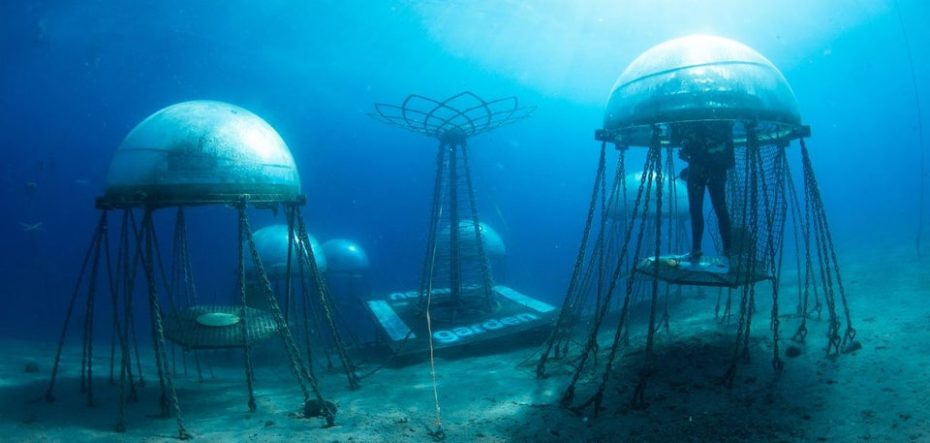
Kevin Costner has entered the chat. Don’t laugh. This is where we’re going to have to grow vegetables if the planet keeps heating up. Someday, it might not be possible to grow food on the earth’s surface anymore and wouldn’t you rather know someone is busy figuring out how to navigate that problem ahead of time, instead of leaving it to the last minute?
In 2012, Sergio Gamberini, the founder of a diving equipment firm, was looking for a way to combine his two passions: exploring the ocean and gardening. So he built Nemo’s Garden, the world’s first underwater vegetable garden near the town of Noli. Starting as an experimental biosphere to harvest basil, Nemo’s Garden now boasts 100+ plants – from tomatoes to strawberries to basil to flowers – growing 20-feet deep in the Mediterranean Sea off the Italian coast.
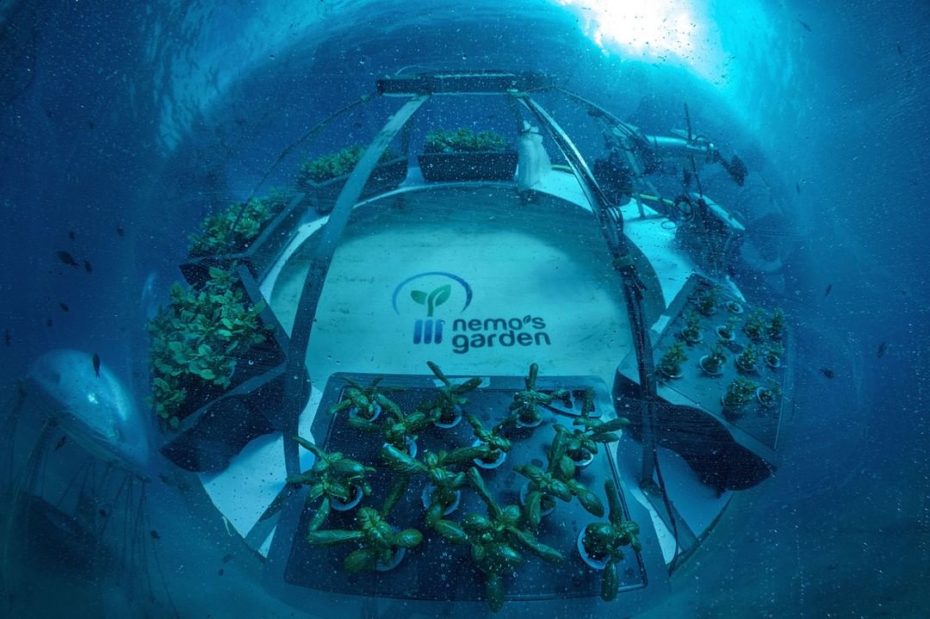
So how exactly does it work? Six air-filled plastic pods are secured to the sea bottom. The balloon-shaped structure can hold about 2,000 liters of air; when a diver enters, their body is half in the water, half in the pod. Each pod contains sensors to measure indicators including air temperature, CO2, humidity and O2. In the center of Nemo’s Garden is a Tree of Life, symbolizing “evolution and the strive for innovation and technological advancement, suggesting a momentum towards the future” (and it also a useful place to conceal cables and monitor the area with web cams). Divers can also communicate with a shoreline Control Tower.
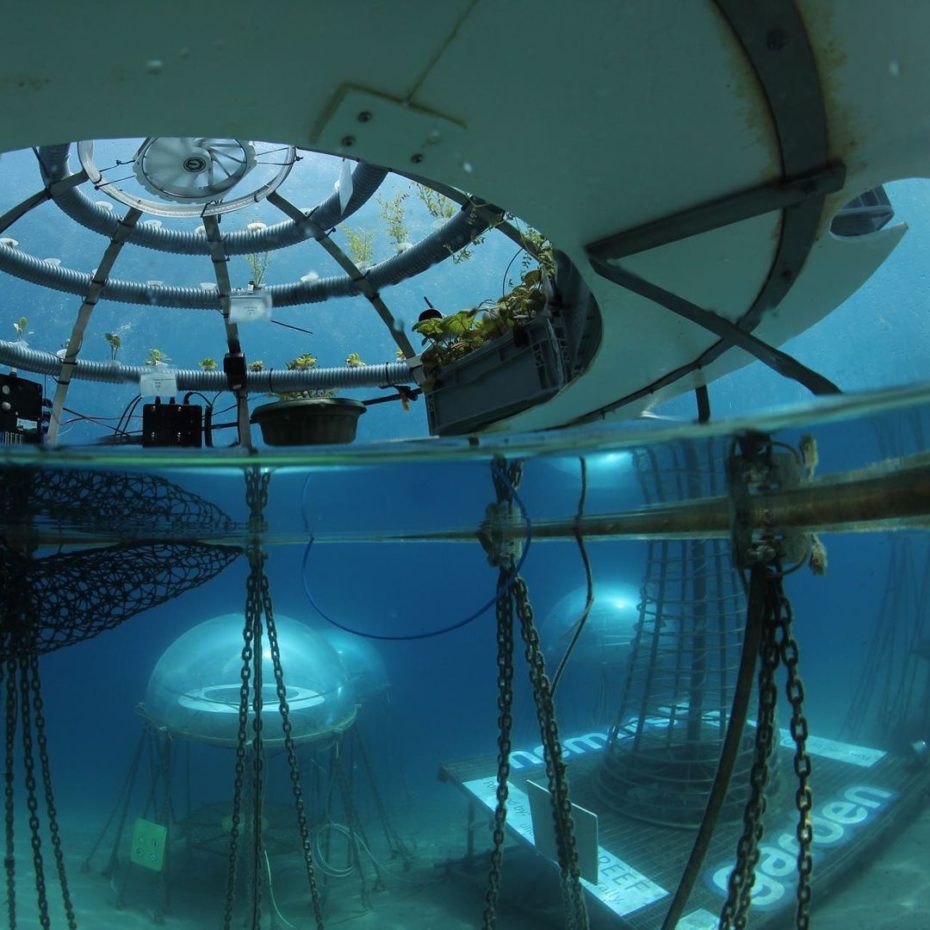
Most of the plants are grown hydroponically, meaning with no soil, and instead are given a nutrient-rich solution. Sunlight reaches the plants through the polymeric film making up the dome and the increased pressure means they germinate faster. Tests have found little variation compared to land-grown varieties besides a higher concentration of essential oils resulting from the pressurized environment.
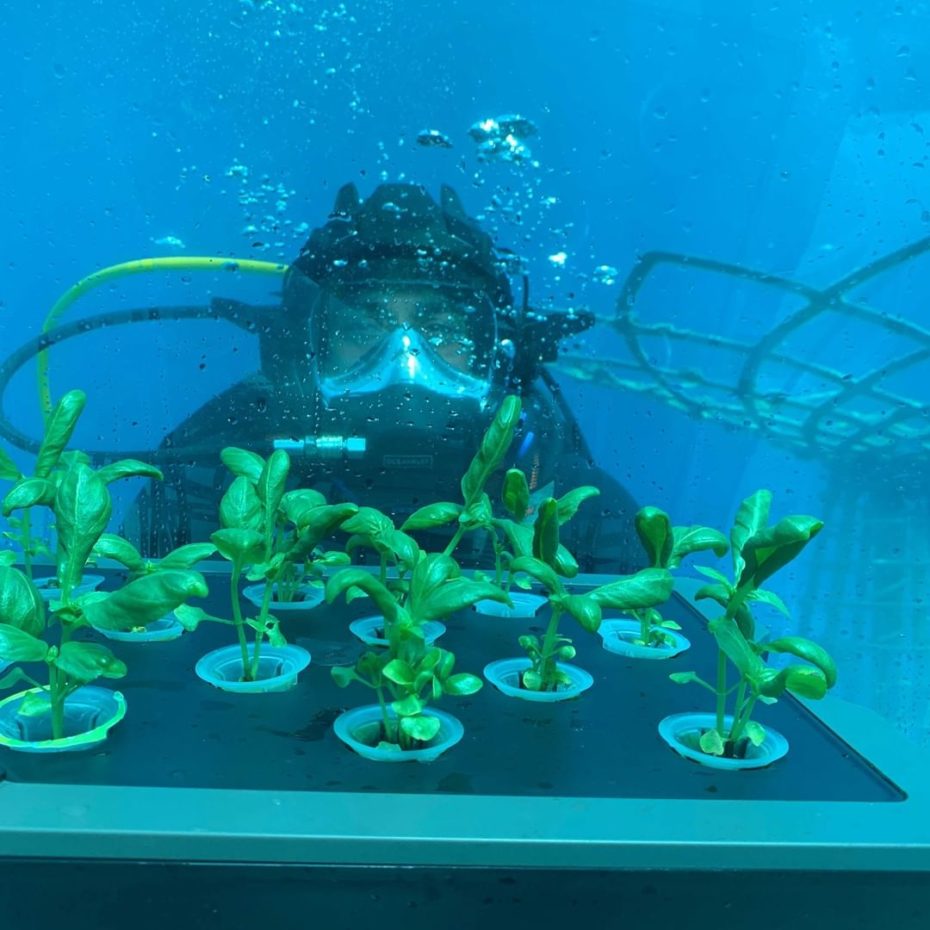
While early bounties resulted in pestos and salads, Nemo’s Garden has also attracted interest from the cosmetics and pharmaceutical industries. Plants that are difficult to grow in harsh conditions work particularly well underwater, given the amount of control over the factors influencing plant health. Nemo’s Garden now views the pods as not only a network of underwater greenhouses, but also as a first-of-its-kind lab, ripe for research opportunities as well as eco-tourism. In 2019, Nemo’s Garden began collaborating with the University of Engineering in Genova to study the thermo dynamics inside the biospheres. Now, they are particularly interested in how their unconventional model could be adopted as an alternative to industrial, monoculture-based agriculture.
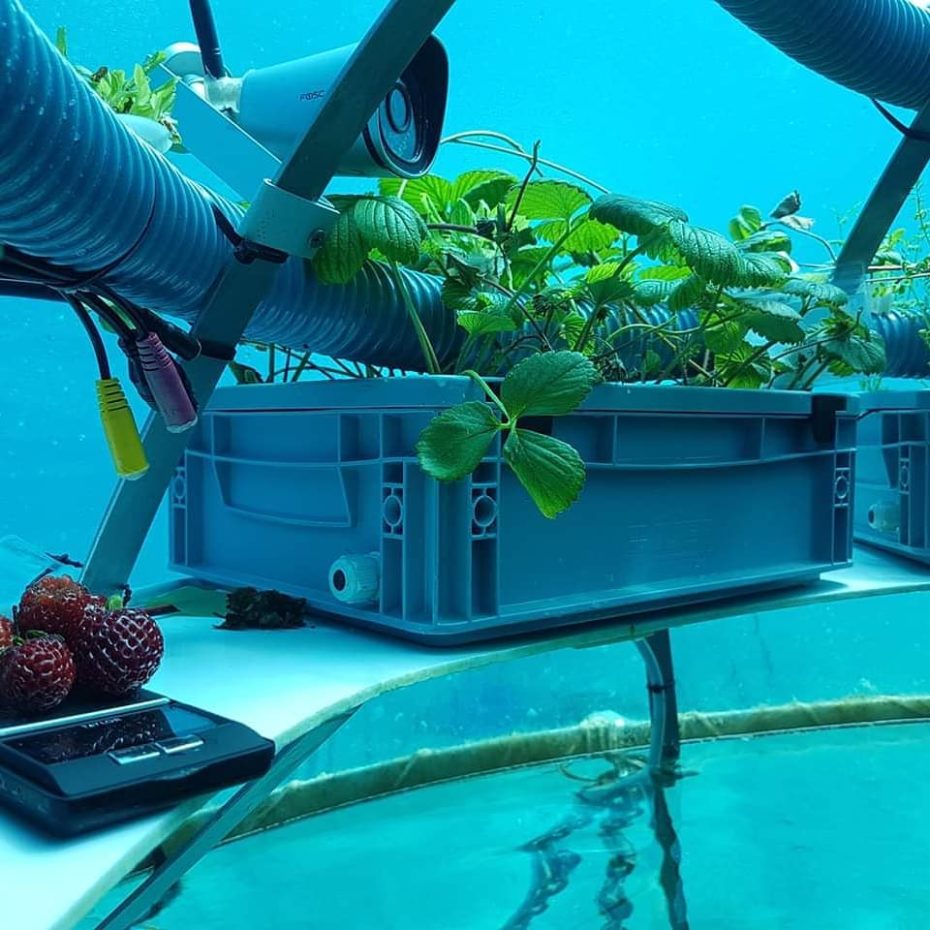
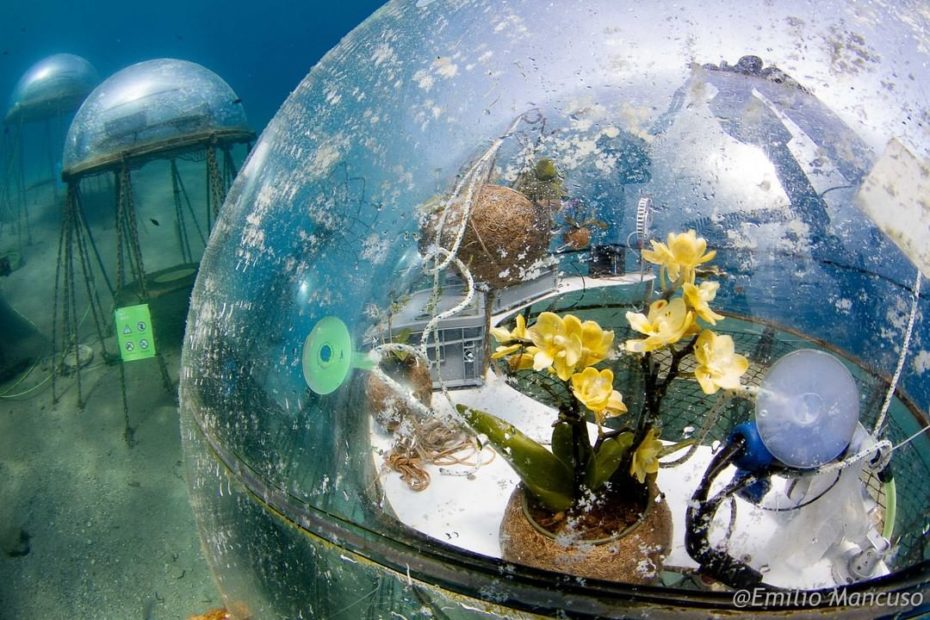
The system is completely self-sustaining, given that seawater inside the biosphere evaporates and condenses on the internal surfaces, allowing fresh water to be formed. This is particularly important for their sustainable mission, given that agriculture accounts for 70% of freshwater use worldwide and the future of food is threatened by climate change. Further, Nemo’s Garden doesn’t need to use pesticides that normally can spread and cause environmental damage. Since 2016, they’ve even figured out how to keep growing year-round, weathering winter cold and storms (although they did lose plants and technology in 2018 during a tropical-like cyclone, the biggest storm of its kind to hit the Mediterranean).
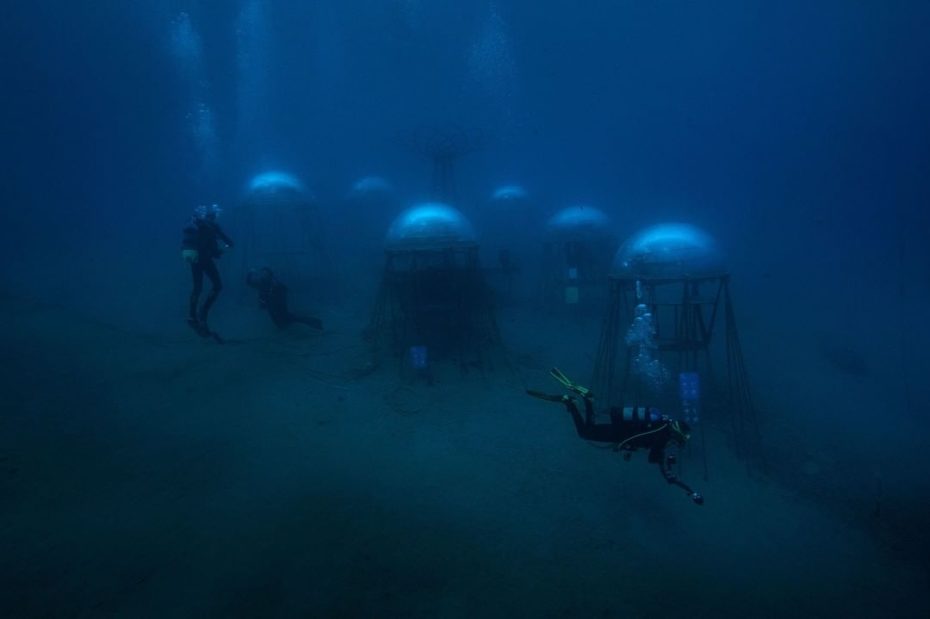
The research is particularly geared toward areas where economic, environmental or morphologic conditions present challenges to agriculture. Whether it’s fish and seaweed farming or wildlife monitoring, we’re excited to see what’s the future holds in Nemo’s Garden. As Gianni Fontanesi, the company’s project coordinator, said, “Every year, we are discovering new possible applications for the biospheres.”
And just in case you’re still scratching your head, here’s a cute animated video to explain what exactly is going on here:
















